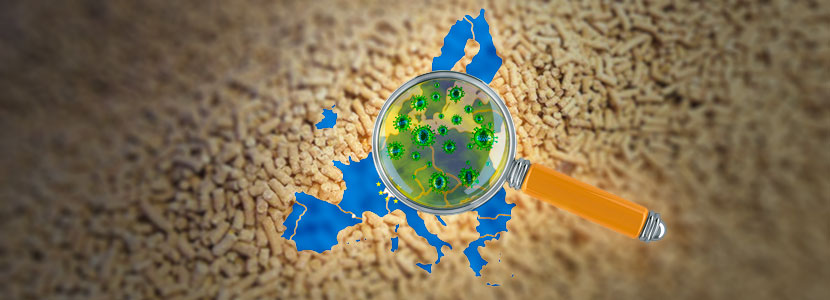European Union launches new information system on key commodities including grains and oilseeds. Under a scenario of uncertainty, the European Commission (EC) took the decision to establish data collection from all of its member states regarding their stock levels of oilseeds, grains, and rice. Such measure was set forth last week in an attempt to have a real time assessment on current stocks considering the threats on food security within the region. Most of which have increased due to the war crisis brought upon by the Russian invasion of Ukraine.
At the EU level, according to data from different sources, during the 2016-2020 period, Ukraine was the second largest supplier of cereals to the EU with a share of 26%, behind Brazil (33%). For the 2020/21 campaign, of the almost 15 million tonnes of corn imported by the EU, Ukraine was the second largest origin with 6.54 million tonnes. For wheat and barley, imports are less significant: 2 million and 1.24 million tonnes respectively, of which 626,691 t and 52,000 t from Ukraine. For the 2021/22 campaign Ukraine is presented as the EU’s main supplier of corn (52% of the total share), second supplier of barley (9%), second supplier of wheat (18.9%) and first supplier of sorghum (38%). Ukraine is a main player according to the EC in the global market for sunflower oil, supplying more than half of world trade in this commodity. In general terms, trading complications with the Ukraine are not expected to threaten food supplies in the EU, considering that the region is largely self-sufficient in agri-food products. However, due to the current situation the main challenges associated to ensuring the region’s food supplies are increased costs, and the indirect effects of trade disruption.
Dashboard with updates on the grain, and oilseed markets
With the aim of countering the disruption on food supplies and subsequent price volatility, the EC has sought to establish an accurate mechanism through which information about stock levels can be collected. Looking to have a clear picture on the stock levels of grains, oilseeds, rice and certified seeds for each country within the region. The collection of data and first reports are expected to be issued close to the end of July, and monthly updates are expected after this first report. The commodities which will be included within this assessment are barley, corn, wheat, rice, sunflower, rapeseed and soybeans. It is expected that the collected data will include stocks managed by wholesalers, operators, and producers.
It has been announced that the EC will launch a broadcast system with updated information on commodity production and trade prices in the EU and globally with the inclusion of energy costs and price forecasts. Aiming to provide market transparency and establish a clear picture regarding the availability of these basic raw materials for food and animal feed. This system looks to offer european operators and other trading players a unique source of updated and relevant information on global markets.
Under the current circumstances in regards to production animals’ diets, certain ingredients have become very difficult to source, and as a result prices have risen sharply. Therefore, animal nutritionists are finding it increasing challenges when it comes to formulating feeds that meet animals’ nutritional requirements and consumer preferences.
This european initiative represents another valuable tool made available to all intervening parties within the agri-food industry. This measure, along with the temporary lifting of the ban on soybeans of South American origin and other similar actions, represent significant efforts to ensure food security within the EU. It is of great importance for such efforts to be maintained, and that they are replicated at a global scale.
